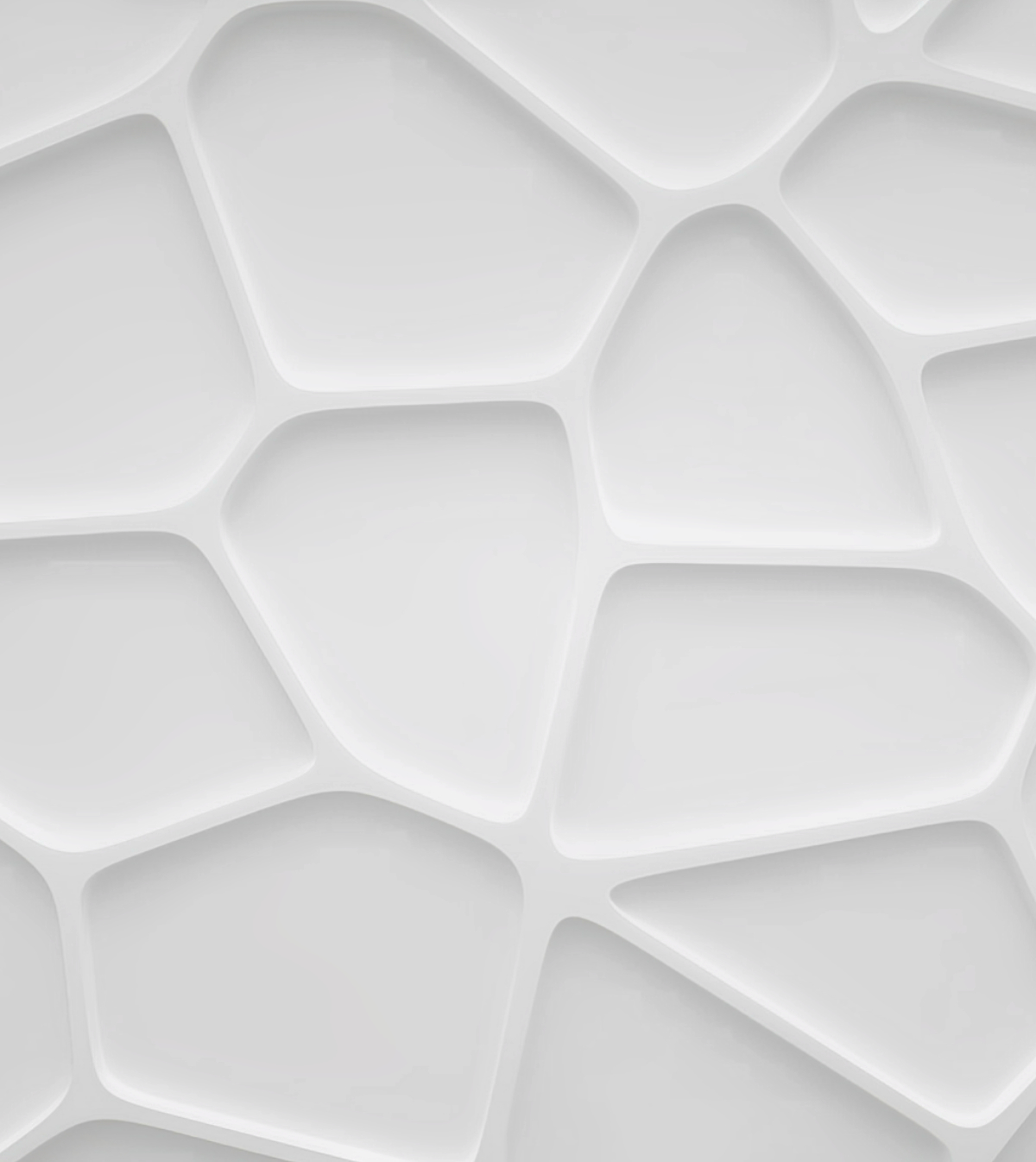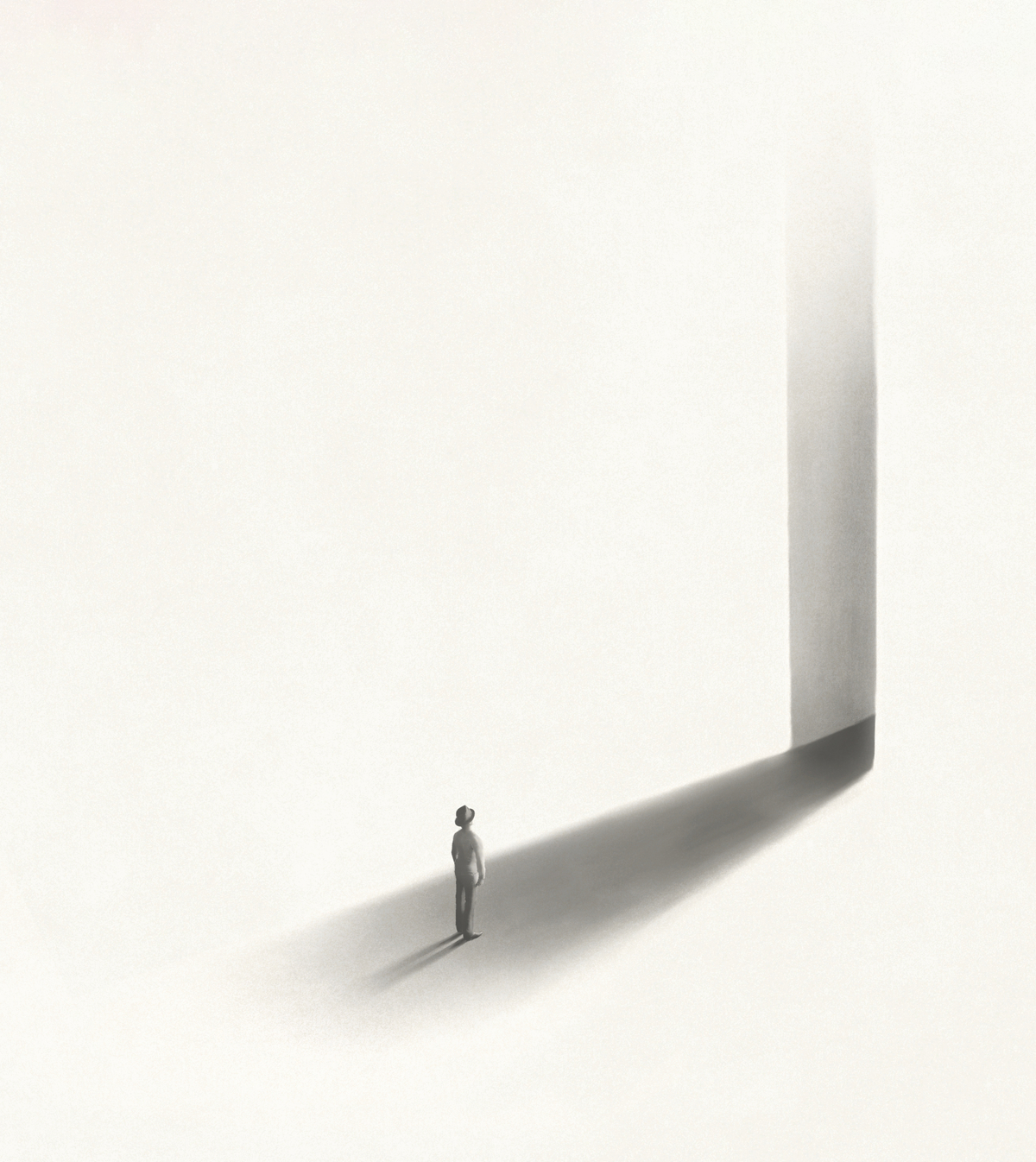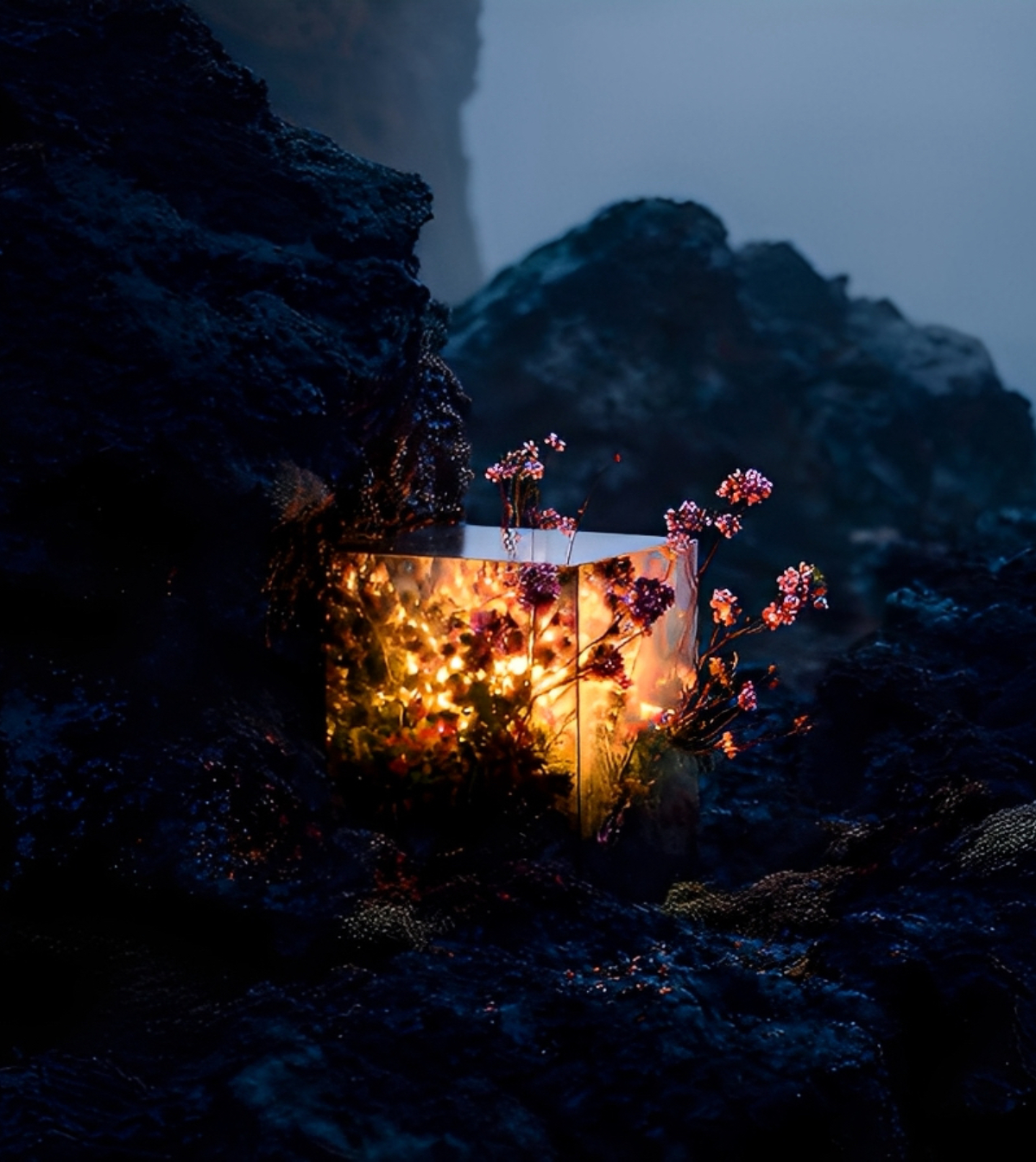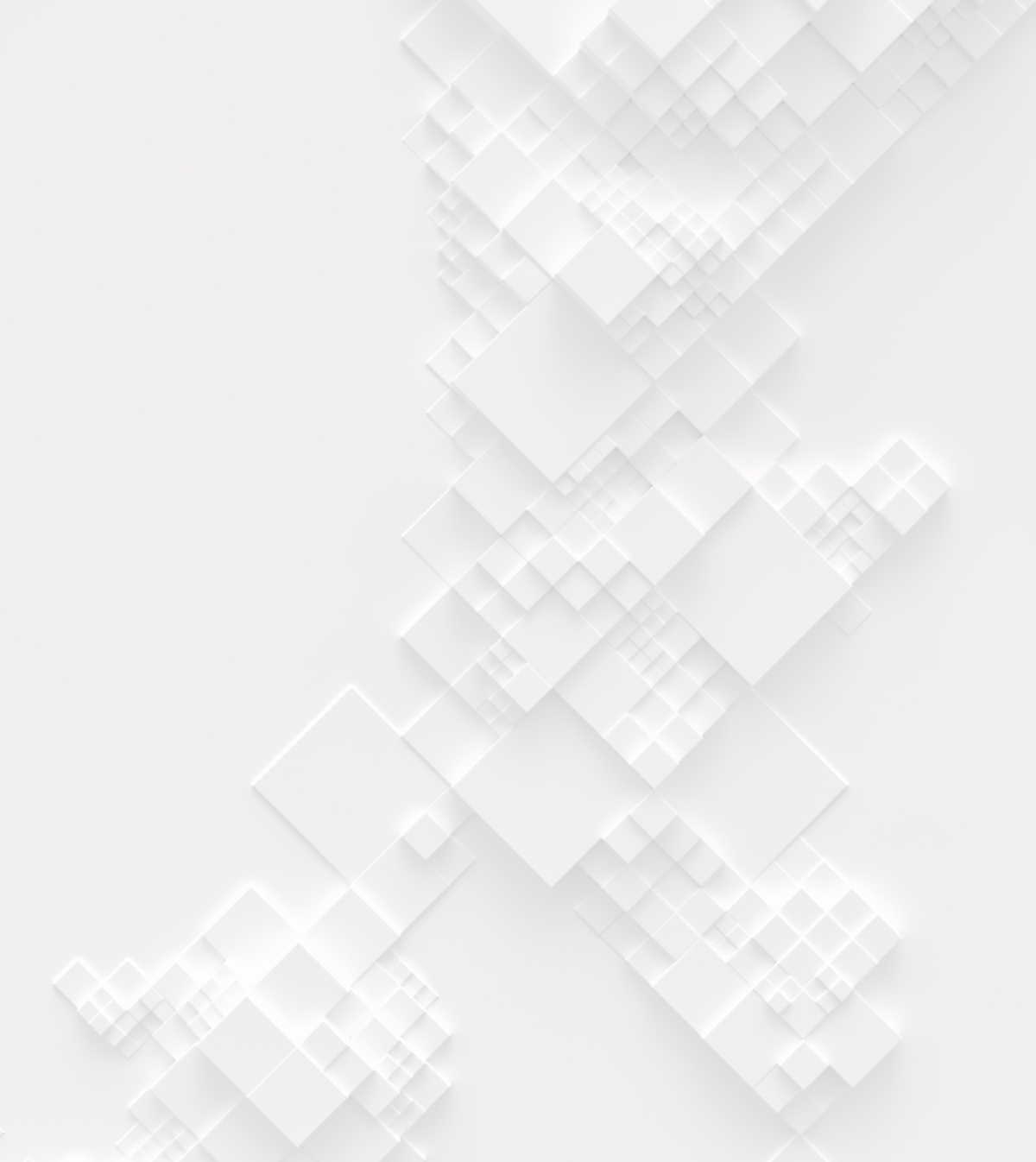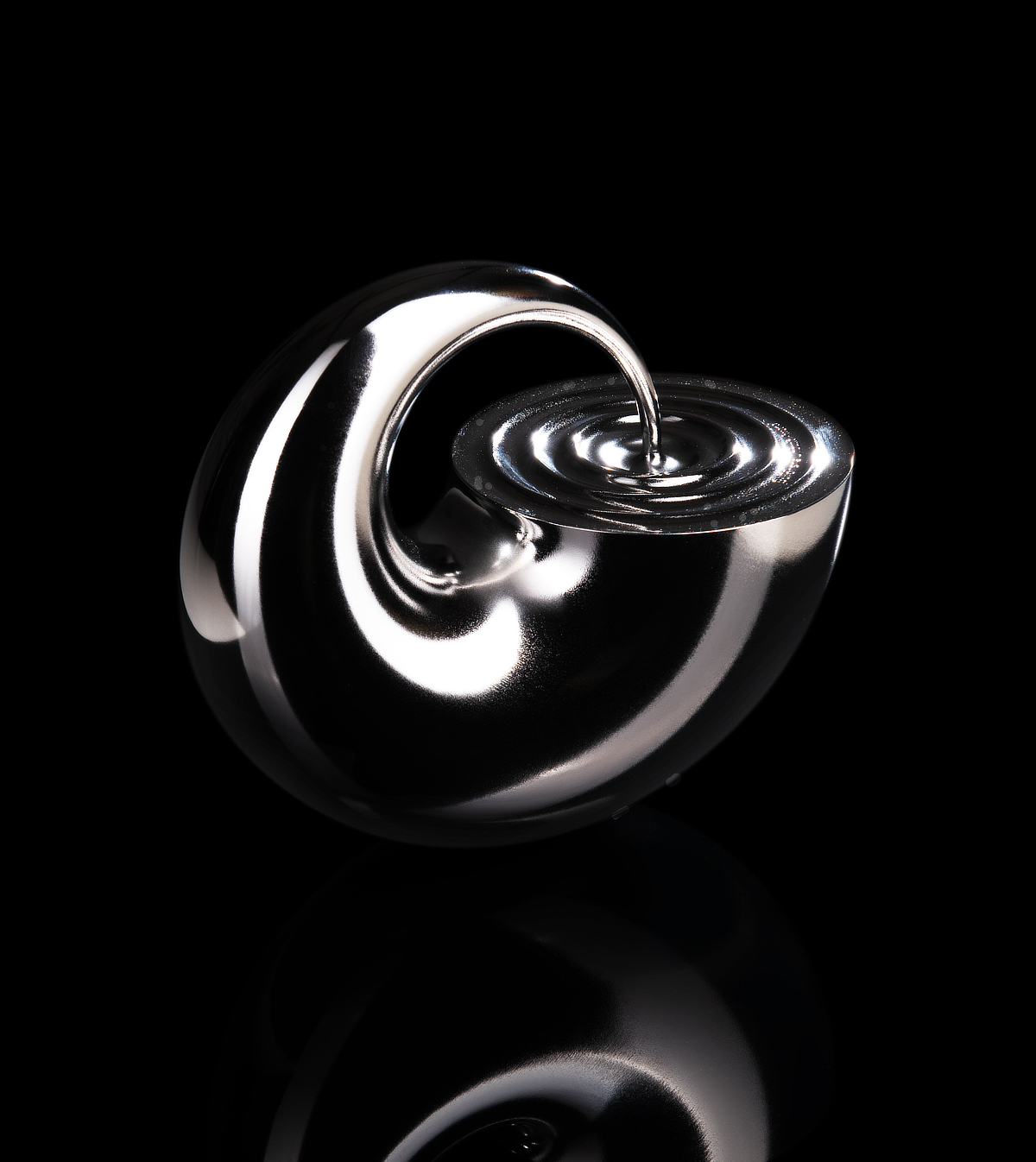We’d like to take the opportunity to introduce you to one of our Honorable mention winner for our "Vancouver Affordable Housing Challenge" competition – CHRIS DORAY STUDIO from Canada!
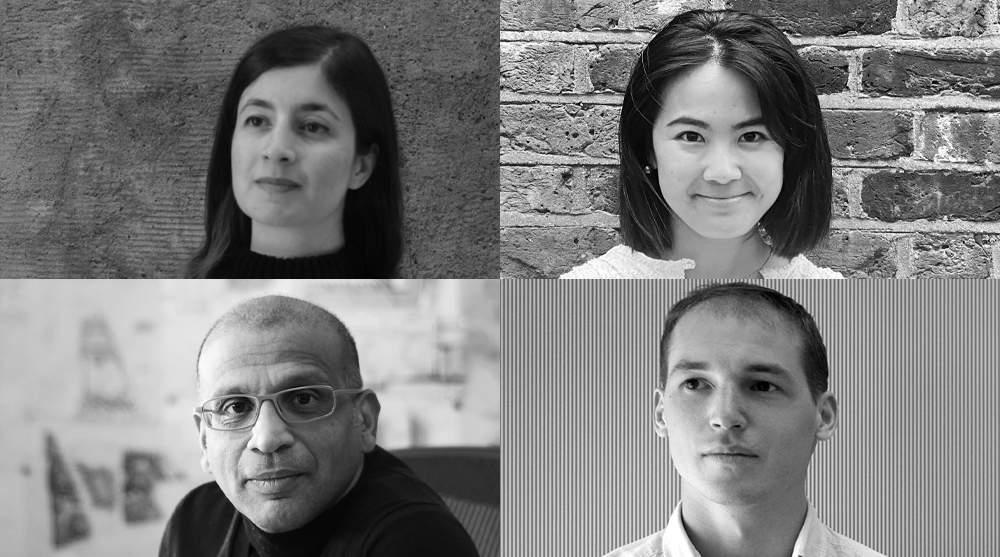
CHRIS DORAY STUDIO from Canada
At the start of the millennium, I[Chris] took the position of Design Director with my late mentor, Bing Thom and relaunched his practice under my design leadership; into a fresh new arena of commissions, while garnering international interest. Chris Doray Studio was established in 2010 marking another new era of national and international collaborative design work, notably in Asia, Europe and the Middle East where there are many of the greatest opportunities for experimental design which have real development possibilities. This boutique multi-disciplinary design studio celebrates the realm of fashioning the aesthetic by embracing ‘change’ with a passion that is both thought-provoking and stimulating.
I am an alumnus both the Bartlett School and the AA School of Architecture and is a tried-and-true advocate, that education never ends. I encourage my team of designers to devote time nurturing the next generation of creative minds through our newly established post-secondary learning hub, @nestcds; while the practice continues to operate as a ‘melting pot’ between three to five time-zones daily and engaging readily with 3D modelling and visualization techniques from concept to final realizations. Currently, CDS is exploring and experimenting on projects of varying scales, from high-rises, wellness island resorts, villas and to even a to a 50 sq m teahouse - constantly bridging the realms of theory and practice.
Brief information about the projects that you/your company have been involved with. For instance, what scale have you focused on/preferred, any significant projects where the company/ individuals have been involved?
Particularly since 2017, since the green building movement has evolved beyond just being energy efficient into new areas of sustainability, the one promising niche market that we have been approached - was finding new life for used buildings. We stumbled upon several of these commissions both locally and internationally, raising our awareness to a new paradigm where sustainability begins with preservation.
We were asked to explore if a ‘second-life’ could be re-kindled into two post-war towers in the city of Wolfsburg, Germany. Sited in the municipality of the Volkswagen plant, we reduced both towers to their exoskeletons and experimented with an automobile aesthetic as its new exterior clad. During our design-development period, we collaborated with an automobile fabricator using transfer technology to reconstitute aero-dynamic components into its exterior geometries. The Re-Make from a brutalist aesthetic 1 to a softly contoured metal jacket was received as a refreshing marker, when it was once deemed worthy for demolition! Almost paradoxically, renovation projects rely on innovative thought and cutting-edge technologies and what we took away from this process is that refitting existing structures is a conscionable alternative to the carbon-intensive nature of new construction. These refurbished residential rental towers are expected to be completed in spring of 2024.
Similarly in the French Quarter of Shanghai, we were challenged to flex our creative muscles to an adaptive re-use of a cluster of little buildings in an interior courtyard centred by a single but majestic magnolia tree in a post-colonial residence, into a new cultural hub while preserving its exterior heritage stature. Through the act of preservation, we maximized the use of existing materials and structure while reducing waste and preserving the historic character of the neighbourhood. The new cultural hub became a perfect typology; that the old can be a fertile source for reinvention, is expected to open for visitors in the fall of 2023.
Another new arena of exploratory work was centred on waste management plants particularly in the city of Nanning, China. In our winning competition entry, we introduced the notion of an educational hub [later nicknamed, rainbow bridge] as part and parcel of the overall facility so that the culture of sustainability is taught to the young early on, in a clean and inspiring environment, rather than being toured around in a shoe-box shaped incinerator. These waste management plants are expected to come into service between late 2022 to early 2024.
During the pandemic, we were fortunate enough to work locally on a city-block redevelopment; the Holy Rosary Cathedral Precinct which involved restoration and a full seismic upgrade to the oldest cathedral in the city of Vancouver. We relocated the Diocese administrative facilities beneath a new mixed-use high-rise with a hotel above. We realigned the cathedral’s main entrance to its original status and replaced its old square into a city-park with an outdoor performance arena to a new training facility for BC Ballet topped with an assisted-housing for artist residences and beneath the square, where we introduced an EV charging station.We had such contemplative moments throughout this project when we realized that we were constantly and subconsciously bridging the civic to the sacred.
CDS takes on unusual tasks in delivering speculative design solutions that are far and beyond the norm. In July 2022, CDS sponsored and conducted a Young Architects Master Class for the Arthur Erickson Foundation, bringing together senior high school students to part-take in a 2-day design workshop to explore a sustainable future to the downtown waterfront for the year 2072. It was entitled, Our City, Our Playground. The workshop was a catalyst for an urban re-form, in the ways land-use policies should be played out in the future.
What does architecture mean to you and what is the role of an architect in your society?
It is evident from our portfolio, that architecture is a multi-faceted practice, a profession that demands the design community to keep evolving and educating themselves years after their formal academic qualifications. This is why, after twenty-five years of local experience, I am only now registered as a broadly experienced applicant [BEA] to the AIBC registration process. Architectural practice for me has always been a collaborative effort and having spent most years practicing and leading design studios in large architectural practices has been my main motivation. But now I enjoy a select team of creatives with select projects while allocating time to prepare and nurture the next generation of creatives. I believe more than practising the art of building, an architect must be an educator, first. It was not an architect, but Winston Churchill who once said, we shape our buildings; thereafter they shape us.
Why do you participate in architecture competitions?
My first ten years as an architectural apprentice was spent in a leading architectural practice in Singapore, where in the 80s and 90s, every urban renewal project was an international architectural competition. These transformative years instilled in me that the best design solutions are often achieved and celebrated in the competitive realm. Over the years, I taught myself that participation in competitions was not always to win but to learn and equip oneself better in resolving design solutions, where the real-world agencies can never provide such opportune. What advice would you give to individuals who struggle to decide whether it would be beneficial for them to participate in architecture competitions? My best advice to all those young creatives is to always remember, Nothing Ventured, Nothing Gained! Participation ought to be the primary goal; and when an idea is born, everybody wins!
Top 3 Reasons Why You Should Enter Architecture Competitions
Curious about the value of architecture competitions? Discover the transformative power they can have on your career - from igniting creativity and turning designs into reality, to gaining international recognition.
Learn more

